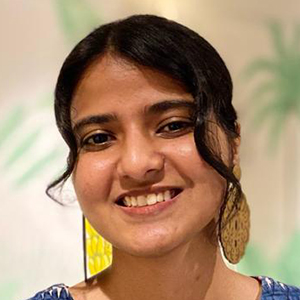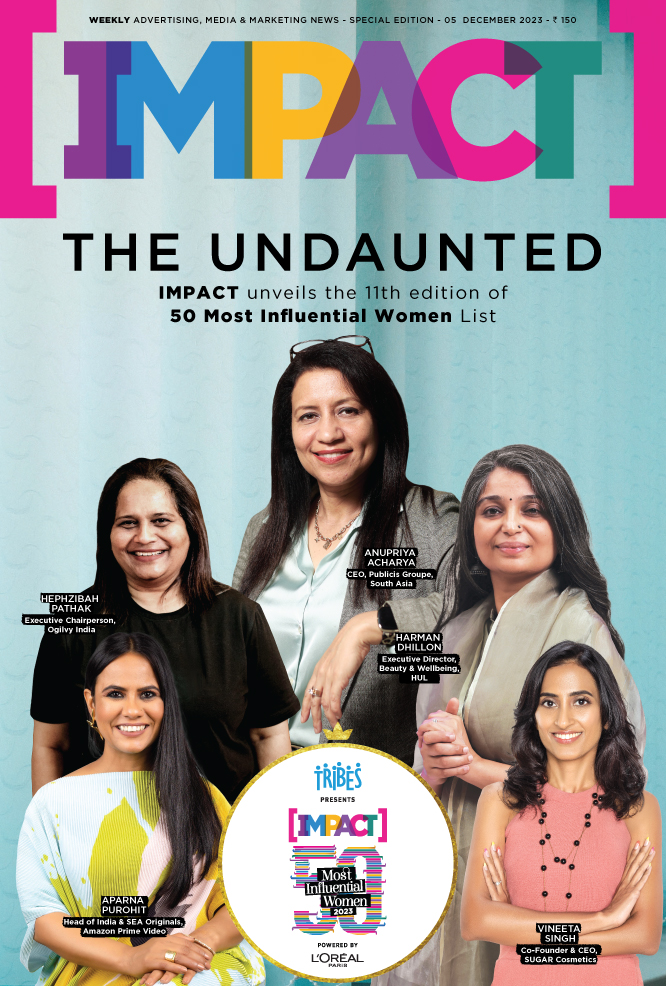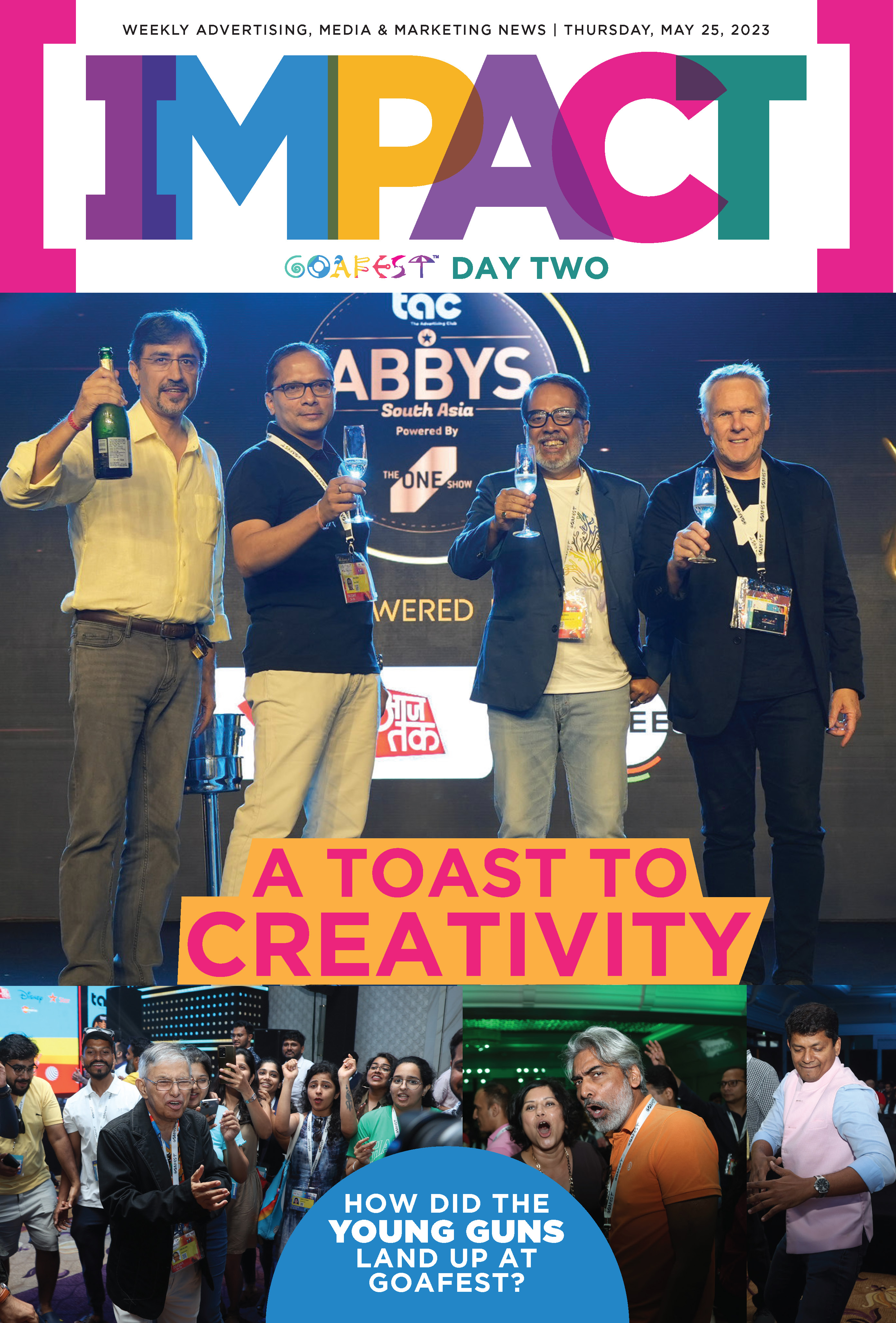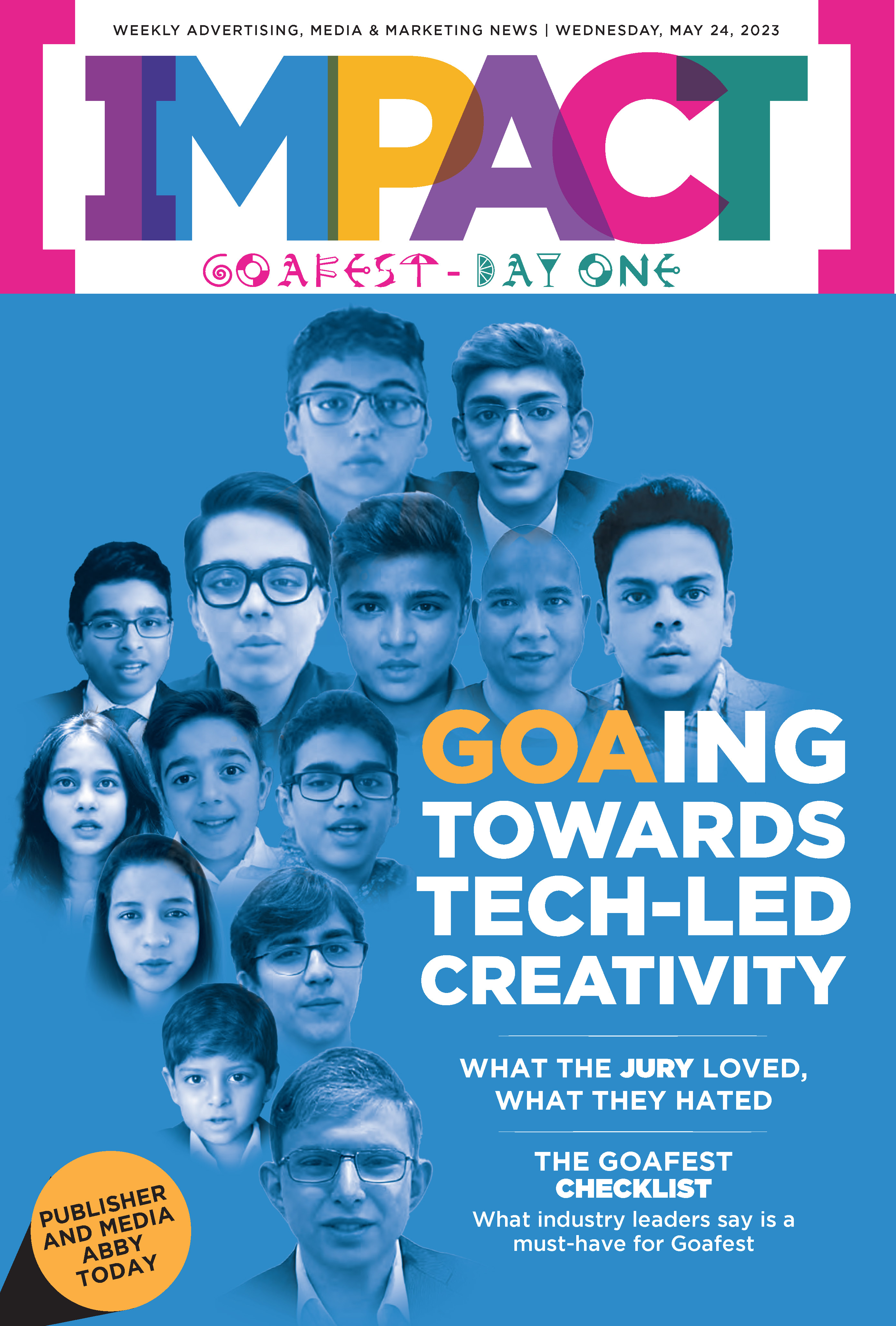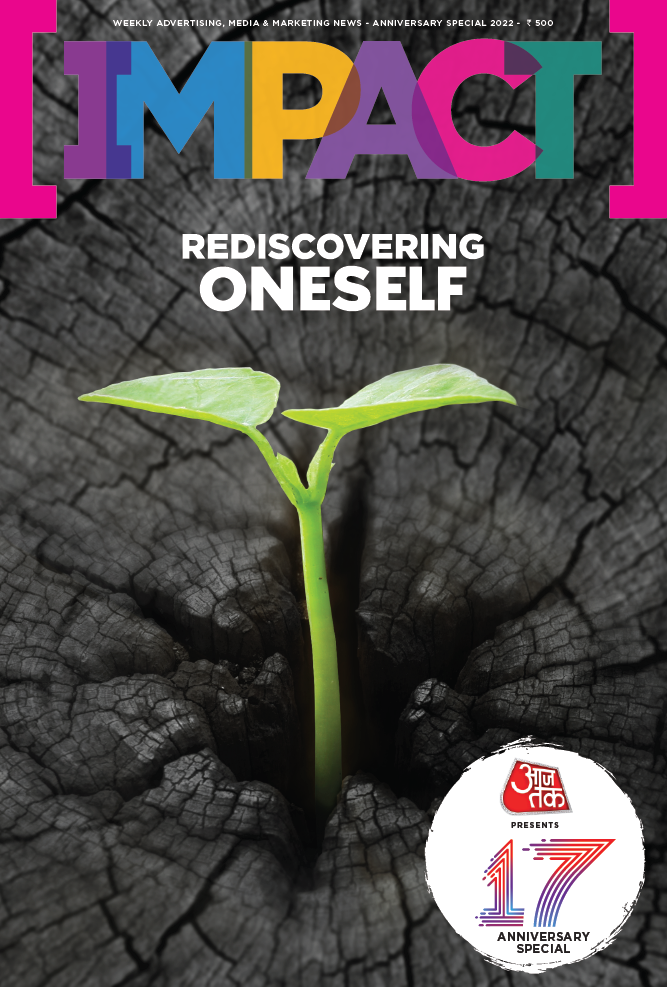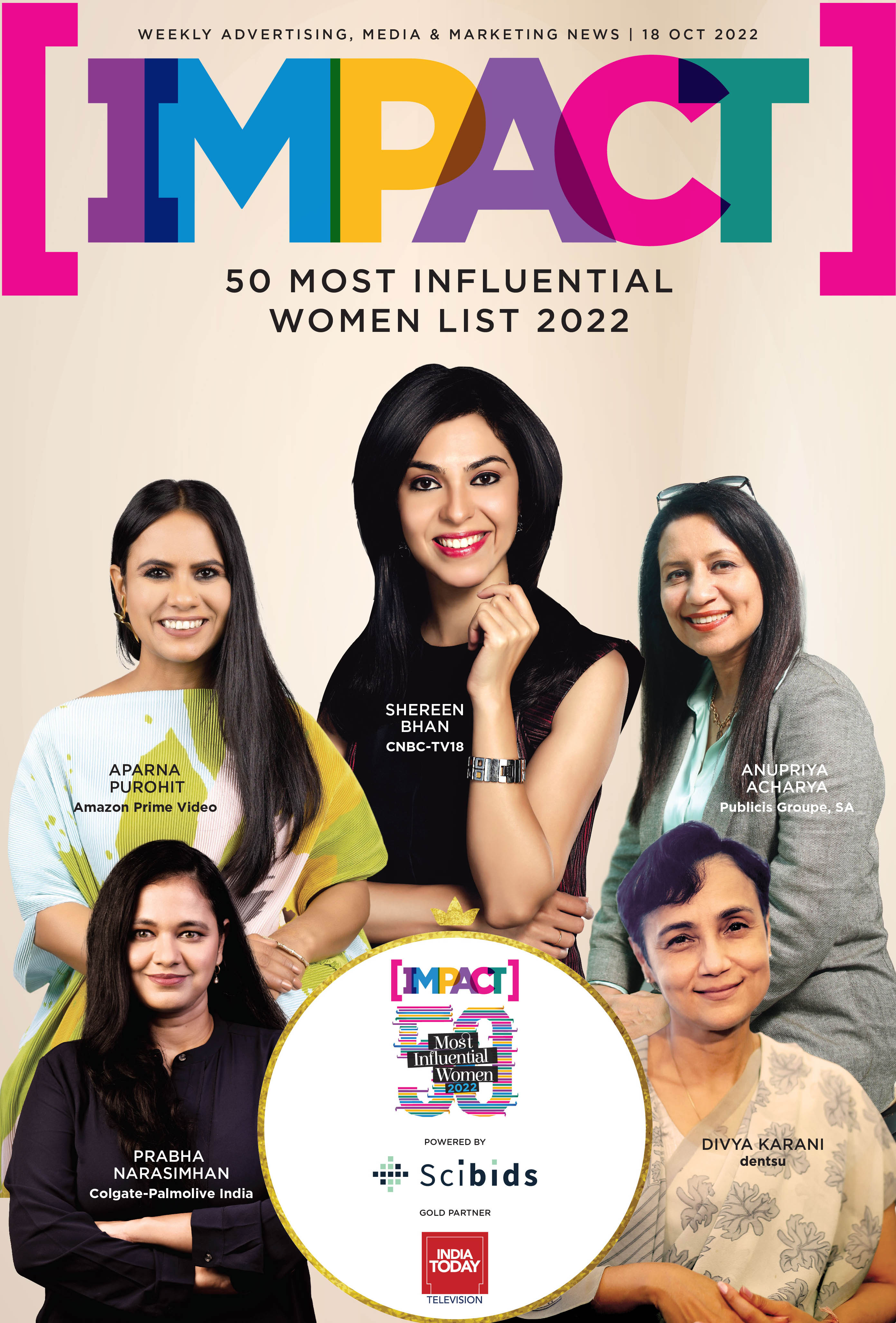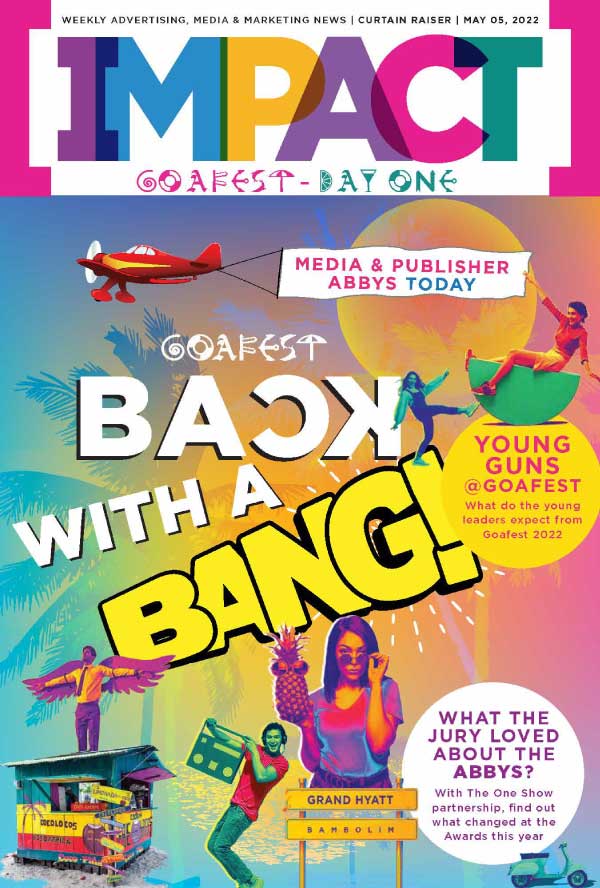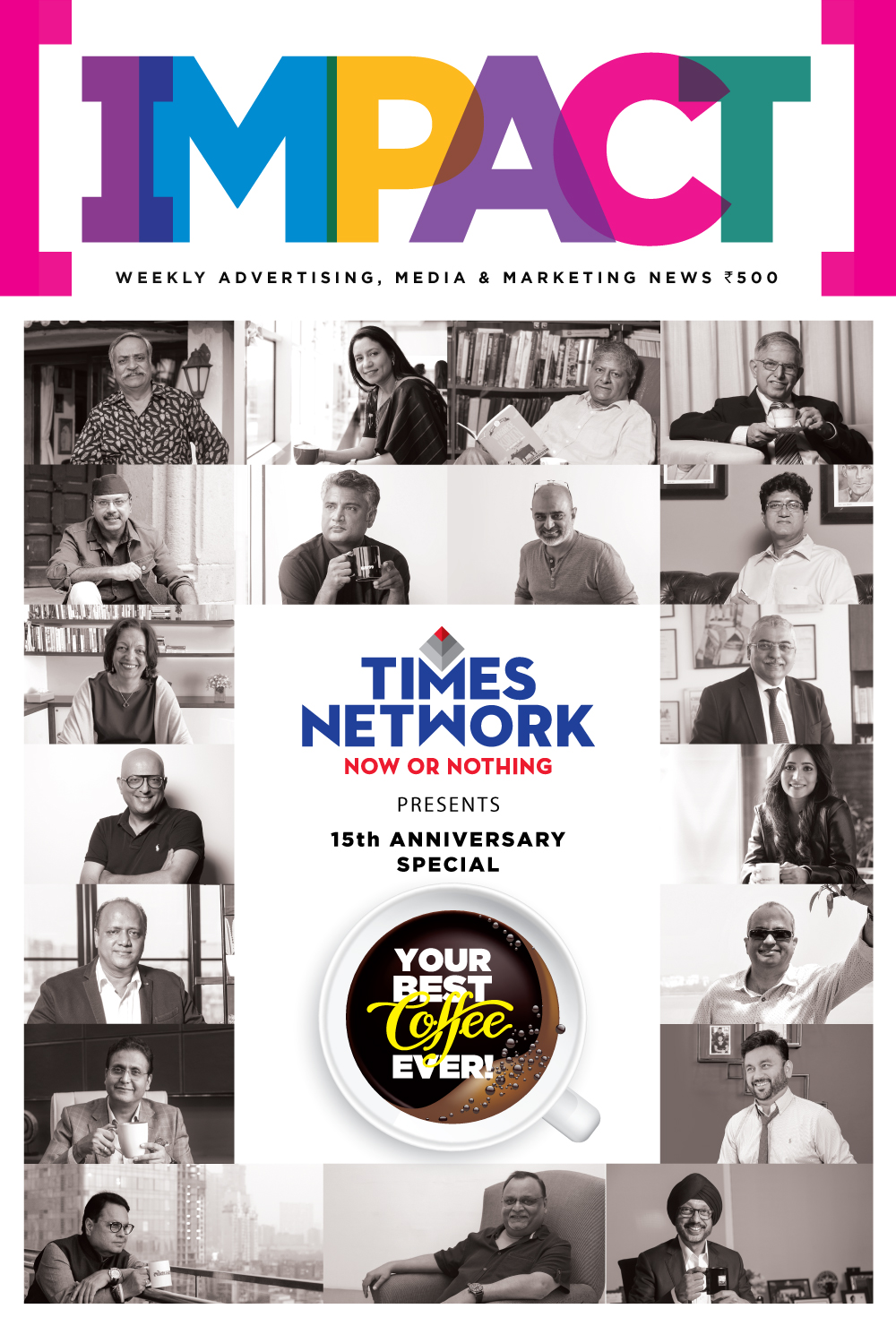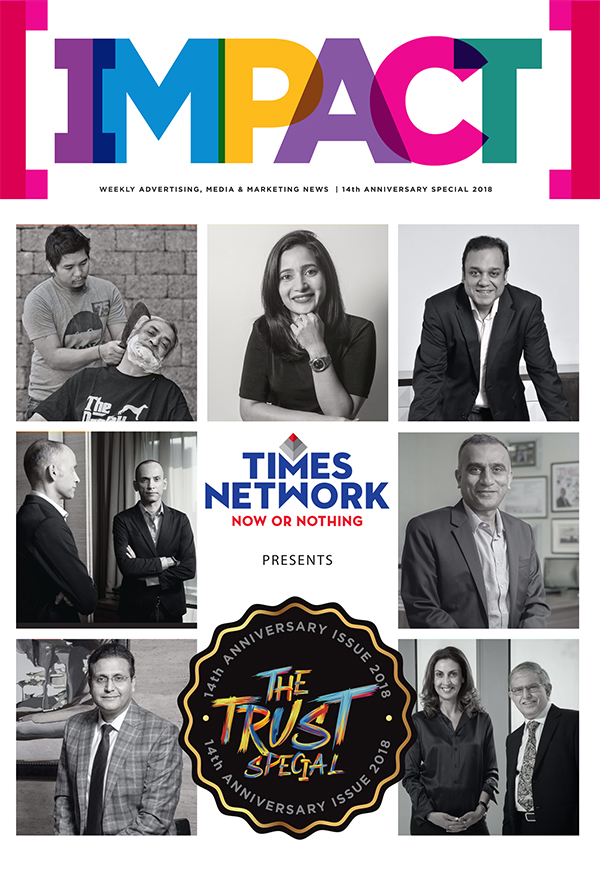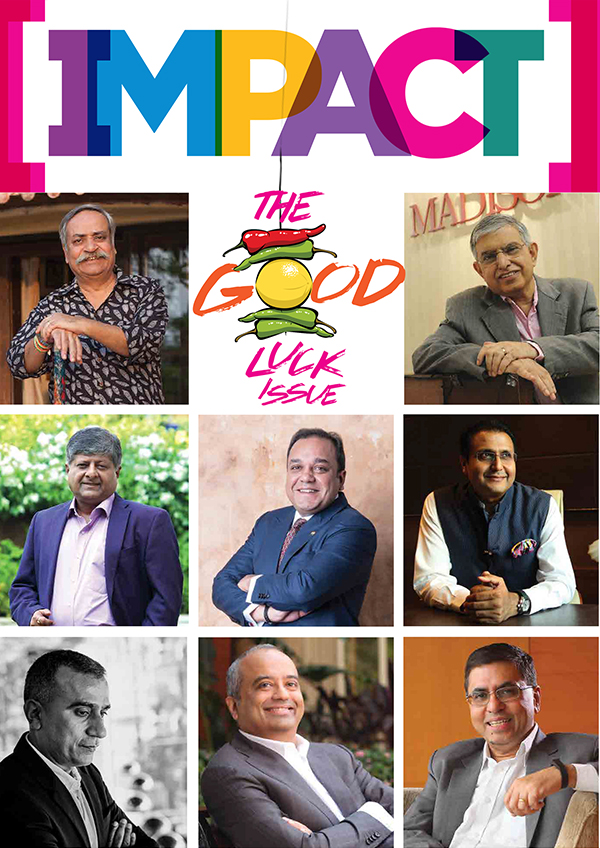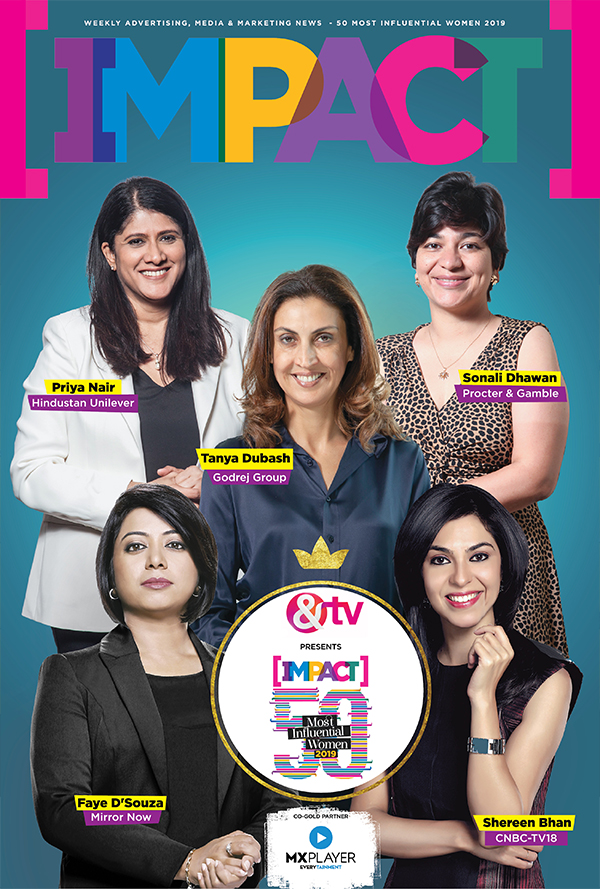In a move that’s sparked both support and concern, Instagram has announced that only users with a public account and at least 1,000 followers will now be eligible to go live on the platform. The new threshold has triggered conversations across the creator ecosystem, with some viewing it as a necessary filter for content quality and safety, while others see it as an exclusionary roadblock, especially for grassroots creators and small businesses.
At the heart of the debate lies one question: Is this a tool for platform hygiene or a setback for democratisation of content?
For many nano and emerging creators, the Live feature has long been a playground for spontaneity and authentic connection, something that may now be harder to access.
"Instagram’s move to restrict Live access to accounts with at least 1,000 followers is a double-edged sword for the creator economy," says Danny Advani, Head of Business Strategy, Dot Media. "For nano creators, that Live button was a great way of engaging their community and keeping them engaged at micro level," he adds.
He warns that while the change might benefit platform quality, it risks creating new barriers. "It’s like asking someone to prove their worth before giving them a mic," he says. "Instagram has to ensure that while they filter noise, they don’t silence potential."
From a platform safety and moderation standpoint, many experts agree that the move is sensible. Ambika Sharma, Founder & Chief Strategist, Pulp Strategy, says, "I see Instagram’s 1,000-follower rule for going live as a quality filter, not a barrier. Live is a high-impact format, and this move pushes creators to build meaningful community before broadcasting." According to her, this could actually help in reducing spam and clutter, and improve brand confidence in micro-influencer partnerships.
But for creators in Tier 2 and Tier 3 towns, many of whom are just starting their digital journeys - the policy might hit harder.
"From a democratisation standpoint, it’s tricky," Advani notes. "How about we look at other metrics to validate if they need 1,000 followers? What if we look at the reach of the past content, number of Reels made instead to open up the Go Live feature for their newer creators?"
Sahil Chopra, Founder and CEO, iCubesWire, agrees that this move might feel limiting to emerging creators, but believes it might ultimately push creators to become more strategic. "Going live is an effective way for connecting with your followers in real time and building loyalty. However, placing a minimum requirement of 1K followers brings more structure to the whole thing."
He argues that newer creators can turn to other formats like Reels, which tend to outperform Live videos anyway. "Well-edited pre-recorded videos can work wonders and resonate with your audience," he advises.
Toru Jhaveri, Founder & Strategy Lead, The Stuff of Life, echoes this sentiment. "This move pushes creators to build meaningful community before broadcasting... growth shouldn’t be blocked, just bettered," she says, adding that the change could actually help brands identify more serious micro-influencers.
Still, others raise concerns about whether the move contradicts Instagram's long-standing positioning as a creator-first platform.
"Live is all about real-time connection, and while taking away access from newer accounts might come off as a step back, it makes a whole lot of sense," Chopra says. "There should be a threshold for creators that shows they’ve attained some level of trust and reach."
Sahil Chopra also points out that Instagram is aligning itself with global norms. "YouTube requires at least 50 subscribers to go live. TikTok has its threshold for live access at about 1k followers. Instagram’s just ensuring they catch up to standards across the board."
But Toru Jhaveri takes a slightly more cautious stance. "Live to me has always been a tool that larger accounts use regularly. I imagine that smaller influencers and creators use Live only sparingly," she says. "No one wants to be part of an awkward micro-group on an IG Live, whether it's a creator or a follower."
She adds that the new policy might draw a line between hobbyists and professionals. "In a sense this will separate hobbyists from those serious about influencing as a vocation," Jhaveri highlights. "It’s a setback, but one that might slow rather than stop a creator's growth."
For creators who relied on Live for product demos, tutorials, or community-building, alternative strategies will be crucial. "They will have to get increasingly inventive about how they use Reels and Stories in particular, or even the carousel feature in their posts," says Jhaveri. "Of course, there's always the unstated option of 'buying' reach and boosting follower counts to a 1,000 to continue one's work uninterrupted."
While the impact of this change may not be immediately visible on platform metrics, the sentiment in the creator community is unmistakably mixed. On one hand, it offers a more controlled, higher-quality user experience. On the other, it redefines the very idea of accessibility that social media was built on.
As Danny Advani sums it up: "The creator economy thrives on new voices, not just loud ones."



